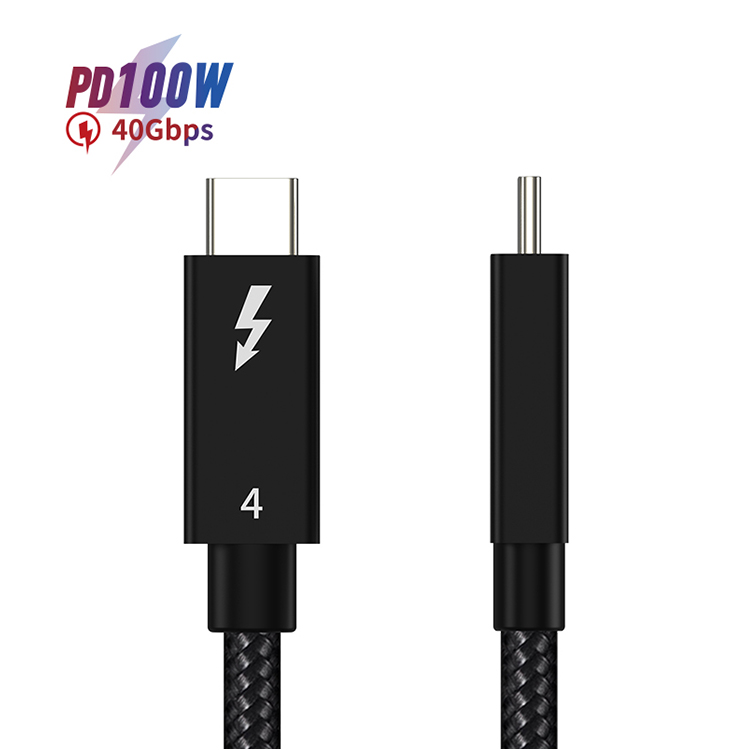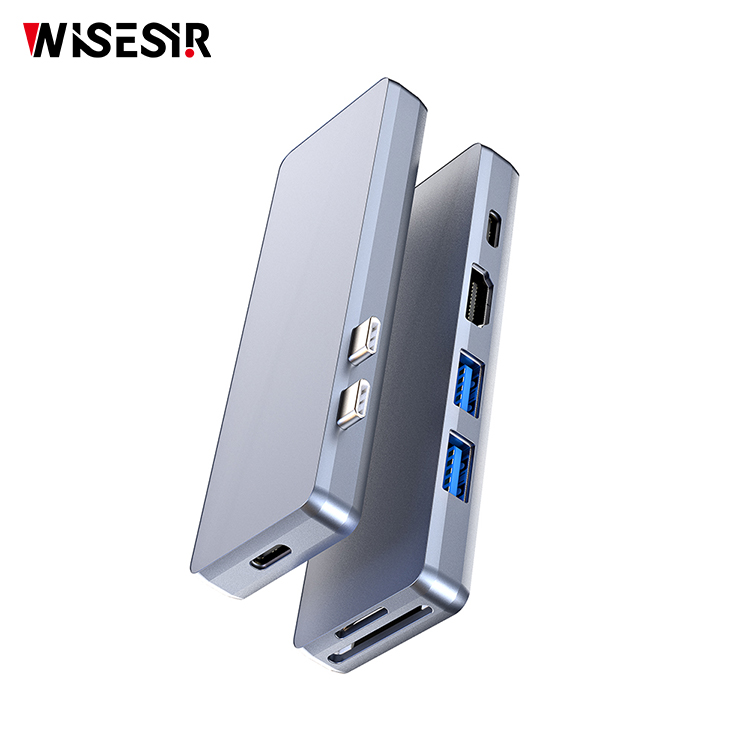Overvoltage Generation and Regenerative Braking
Overvoltage in an inverter occurs when the DC voltage on the inverter’s DC bus exceeds its rated value. Normally, the DC voltage is the average of a three-phase full-wave rectified signal. For example, with a line voltage of 380V, the average DC voltage (Ud) is approximately 1.35 × 380 = 513V. However, if the voltage rises beyond this level—typically reaching around 700V—the inverter will trigger overvoltage protection, depending on the model.
There are two primary causes of overvoltage: supply overvoltage and regenerative overvoltage. Supply overvoltage happens when the input voltage is too high, but modern inverters usually have a wide input range (up to 460V), making such cases rare. The more common issue is regenerative overvoltage, which arises when a motor operates in a generating mode.
Regenerative overvoltage typically occurs when a load with high inertia (such as a large GD² or flywheel effect) decelerates rapidly, or when external forces like fans, pumps, or elevators cause the motor to rotate faster than commanded. In these situations, the motor’s speed surpasses the synchronous speed, leading to negative slip. This causes the rotor to cut the magnetic field in the opposite direction, resulting in a braking torque that converts the kinetic energy of the load into electrical energy.
This regenerated energy flows back into the inverter’s DC bus through the freewheeling diodes, charging the DC link capacitor and raising the voltage. This process is known as regenerative braking, where the motor acts as a generator, converting mechanical energy into electrical energy. If the energy is not dissipated quickly, it can lead to overvoltage and trigger the inverter’s protection system.
To manage this, most inverters have a built-in 20% regenerative braking capacity. However, when the energy exceeds this limit, the DC voltage may rise beyond safe levels, requiring additional measures for energy dissipation.
Overvoltage Prevention Measures
To prevent overvoltage, different strategies are applied depending on the situation. For instance, during parking, if there are no strict requirements for stopping time or position, increasing the deceleration time or allowing free coasting can help. Free coasting means disconnecting the inverter’s main switching devices so the motor stops naturally due to friction.
If precise stopping is required, DC braking can be used. This involves applying direct current to the motor’s stator windings after it slows down, creating a static magnetic field that induces a braking torque in the rotor. While effective, DC braking has limited efficiency (30–60%) and generates heat in the motor, limiting its use to short durations.
For loads with high inertia, extending the deceleration time is often the best solution. This allows the inverter to handle the regenerative energy gradually, using its internal 20% braking capacity. However, for loads that continuously regenerate energy (like elevators or cranes), neither DC braking nor extended deceleration is sufficient.
Regenerative Braking Methods
One effective method is the energy consumption type, where a braking resistor is connected across the DC bus. When the voltage rises above a set threshold (around 700V), a power transistor is activated, directing the excess energy into the resistor, where it is dissipated as heat. Unlike DC braking, this method avoids overheating the motor, allowing for more frequent operation.
This approach is ideal for continuous or heavy-duty applications where energy recovery is not necessary. It ensures stable operation by managing the regenerative energy efficiently and safely.
Thunderbolt Product
Wisesir provide many kinds of Thunderbolt Product include thunderbolt adaptor,thunderbolt to hdmi adaptor, thunderbolt connector. thunderbolt products are with high qulity and portable used.


Thunderbolt Product,Hitage Data Cable,Mobile Charger Data Cable,External Hard Drive Usb Cable
Pogo Technology International Ltd , https://www.wisesir.net
